Tim Hetherington’s ability to connect with his subjects is often attributed to his intimate photojournalistic style of documenting war zones around the world.
Hetherington was killed during a mortar attack nearly two years ago, on April 20, 2011, while he was covering the civil war in Libya. Two very different series of Hetherington’s work in Afghanistan and Sierra Leone are currently on view in New York. In addition, a documentary about Hetherington’s life and his distinctive approach to photography will also be released in April.
“Inner Light: Portraits of the Blind, Sierra Leona 1999–2003” opens April 11 at Yossi Milo Gallery and will run through May 18. The black-and-white portraits document the five years Hetherington spent at the Milton Margai School for the Blind in Freetown, Sierra Leone.
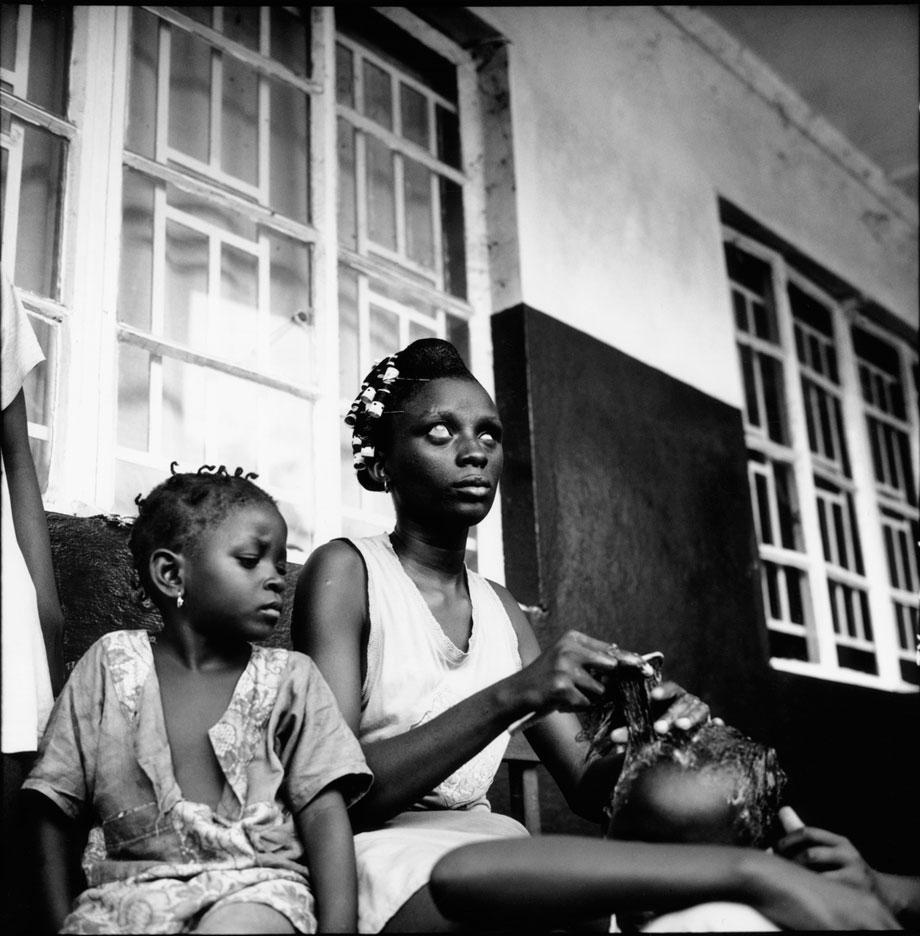
Tim Hetherington, courtesy of Yossi Milo Gallery, New York
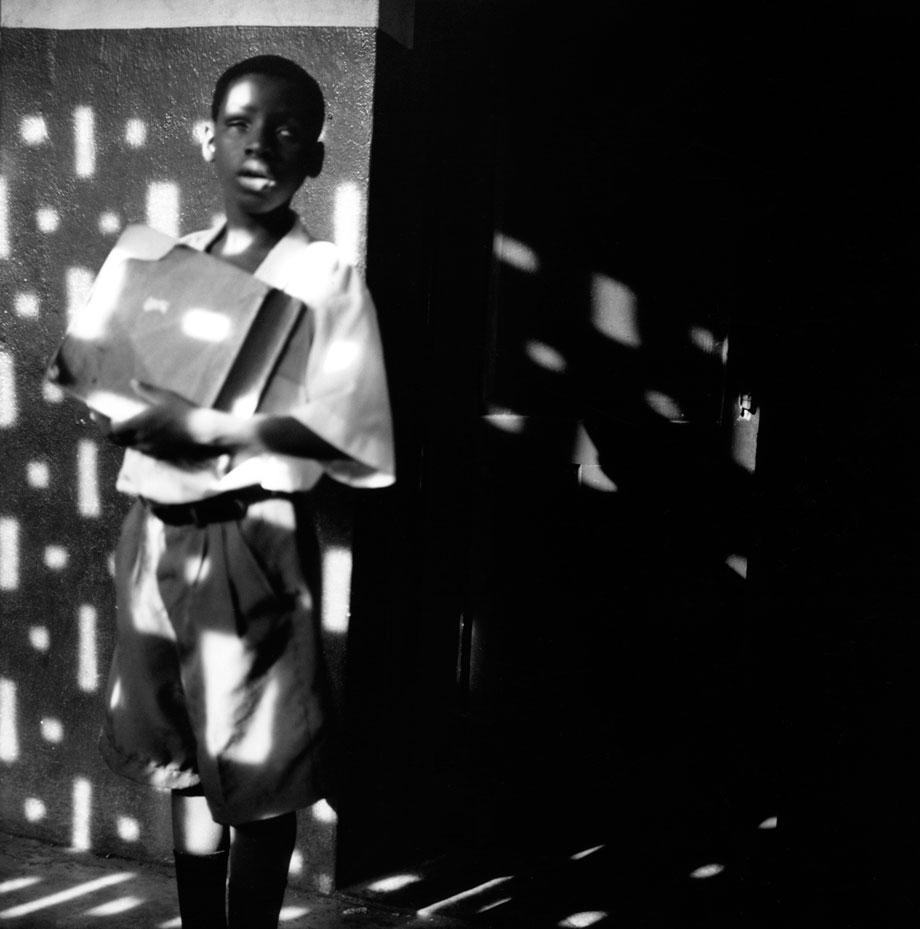
Tim Hetherington, courtesy of Yossi Milo Gallery, New York
According to Hetherington, the men and women at the school were there primarily as a result of being blinded during the conflict in Sierra Leone due to injuries sustained from combat or caused by shrapnel, as well as from the Revolutionary Front (R.U.F.) terrorizing people by cutting out their eyes. Other people lost their sight because they didn’t have access to medical help.
Because much of what Hetherington shot beginning in 2004 was in color, “Inner Light: Portraits of the Blind” offers viewers a unique opportunity to see another side of his impressive portfolio.
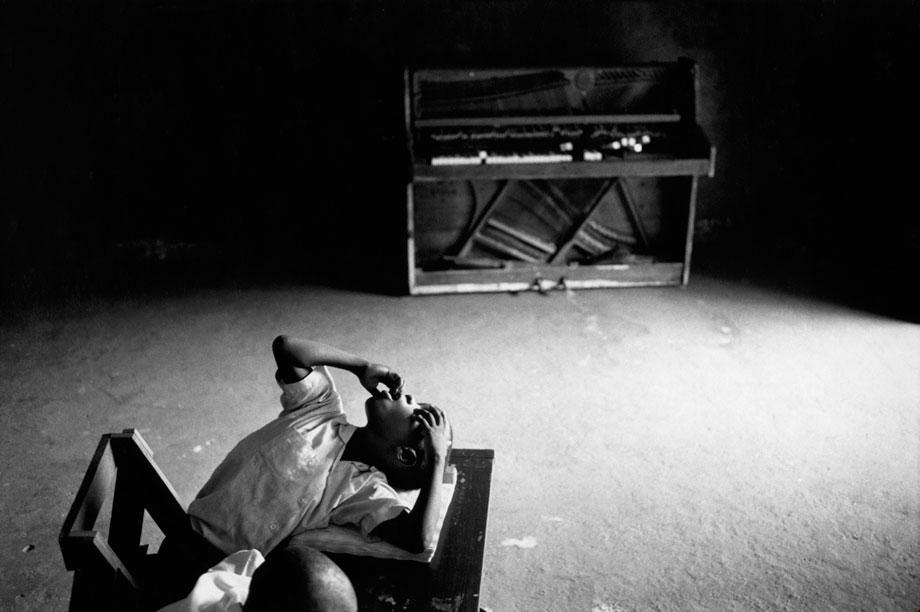
Tim Hetherington, courtesy of Yossi Milo Gallery, New York

Tim Hetherington, courtesy of Yossi Milo Gallery, New York
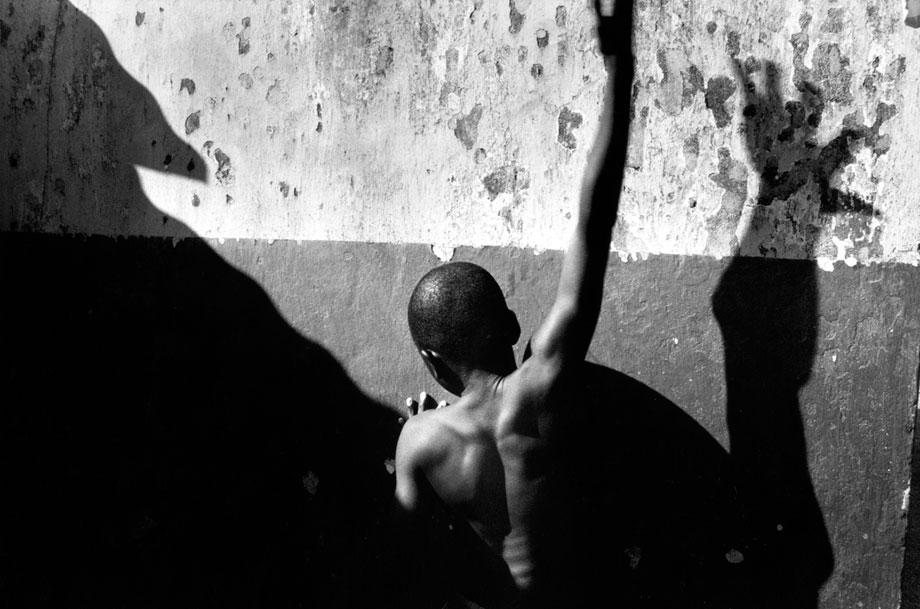
Tim Hetherington, courtesy of Yossi Milo Gallery, New York
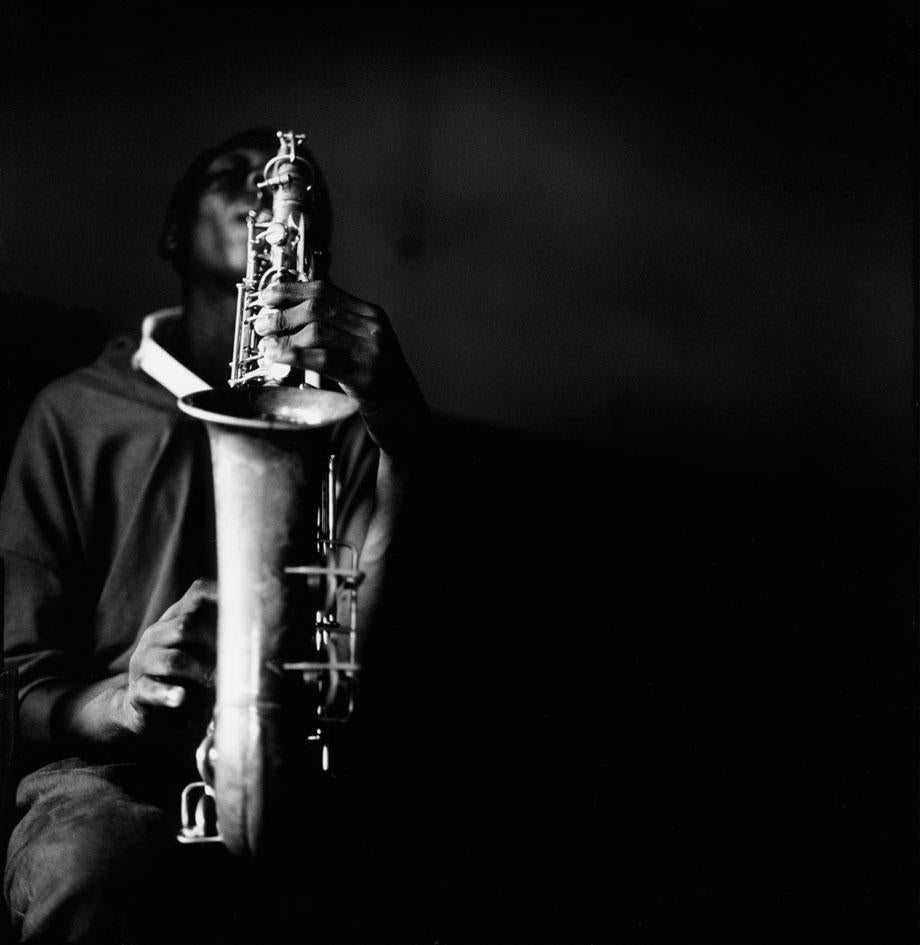
Tim Hetherington, courtesy of Yossi Milo Gallery, New York
Hetherington’s skills as a journalist weren’t limited to photography. His 2010 film, Restrepo, co-directed with Sebastian Junger, documented a U.S. platoon of soldiers at Outpost Restrepo in Afghanistan and was nominated for an Academy Award in 2011 for Best Documentary Feature.
Hetherington also made a short video and series of photographs titled Sleeping Soldiers during his time in Afghanistan. The International Center of Photography is currently presenting 13 large-scale images from that series through May 13.
Finally, on April 18, HBO will air a documentary directed by Junger about Hetherington titled Which Way Is the Front Line From Here? The Life and Time of Tim Hetherington that gives insight into Hetherington and his unique style of photography.

Tim Hetherington, courtesy of Yossi Milo Gallery, New York
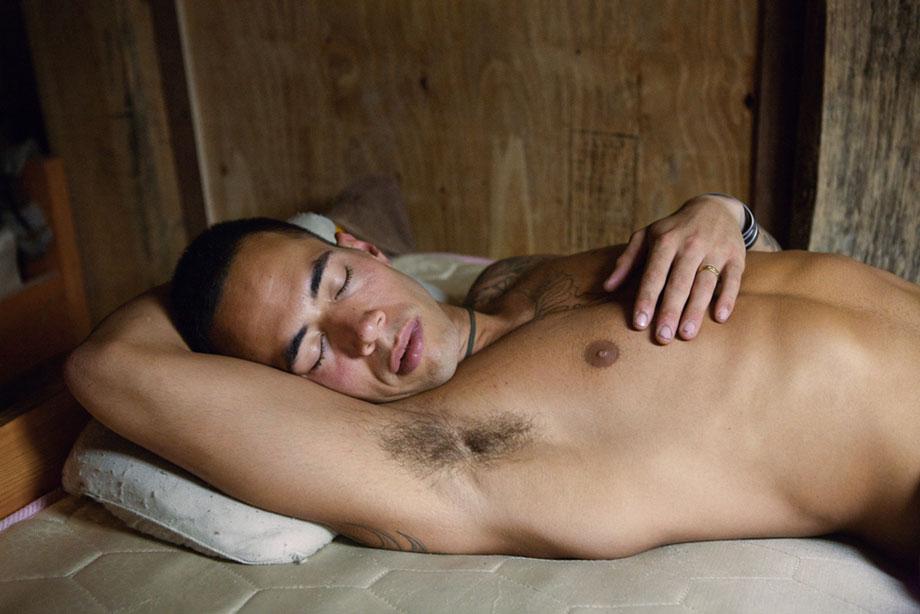
Tim Hetherington, courtesy of Yossi Milo Gallery, New York

Tim Hetherington, courtesy of Yossi Milo Gallery, New York
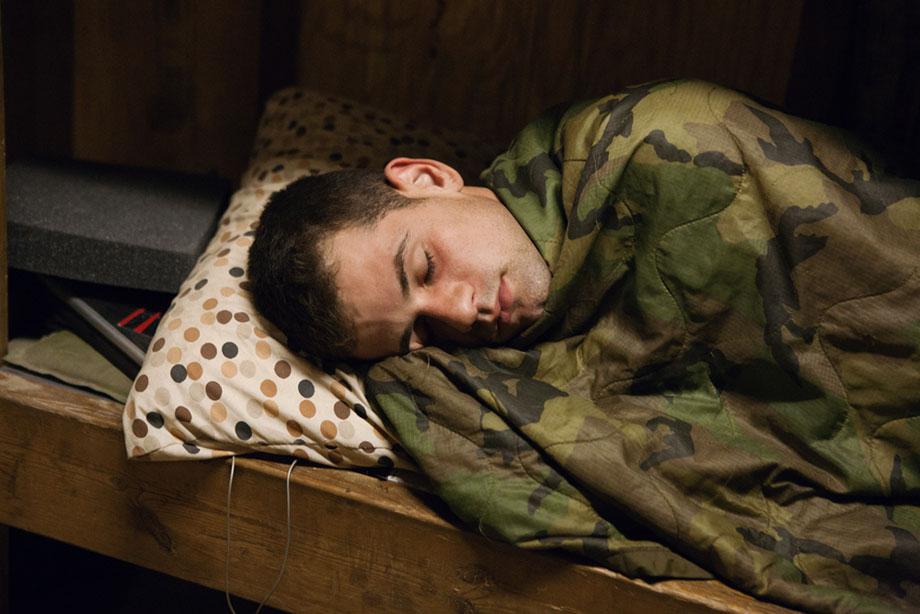
Tim Hetherington, courtesy of Yossi Milo Gallery, New York
